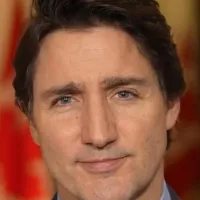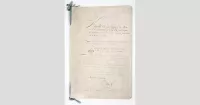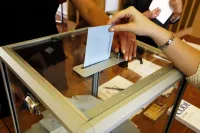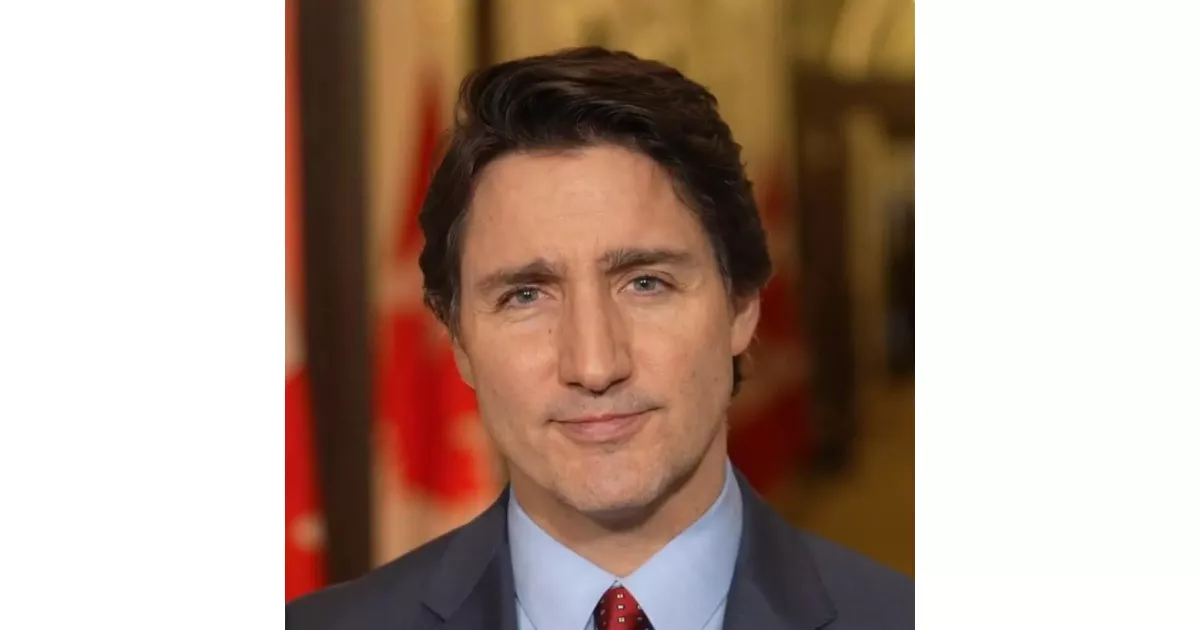The Prime Minister of Canada is the head of the Canadian government. Operating under the Westminster system, the prime minister needs the support of a majority of the elected House of Commons. Therefore, the prime minister is typically a Member of Parliament (MP) and leads either the largest party or a coalition of parties. As first minister, the prime minister chooses the ministers who make up the Cabinet.
1919: Nickle Resolution limits titles for Canadians
The Nickle Resolution of 1919 established a policy against awarding aristocratic or chivalric titles to Canadians by the Canadian Sovereign.
1925: Mackenzie King governs without a seat
In 1925, after losing his seat in the federal election, William Lyon Mackenzie King governed briefly without a seat in the House of Commons before winning a by-election.
1925: Minority government and coalition attempts
In 1925, the concept of forming a coalition government with other parties was explored as a strategy to maintain confidence in a minority government situation.
1941: Bennett receives peerage
In 1941, former Prime Minister R. B. Bennett was granted the title of Viscount Bennett by King George VI, marking a departure from the usual practice after the Nickle Resolution.
1945: Mackenzie King again governs without a seat
Similarly, in 1945, Mackenzie King again found himself governing without a seat after losing in the election but regained one through a by-election shortly after.
1947: Letters Patent mentions Prime Minister
The Letters Patent, 1947, issued by King George VI, also makes references to the office of the prime minister.
1968: Pierre Trudeau becomes Prime Minister
Pierre Trudeau began his first term as prime minister in 1968, a period during which he strengthened the Prime Minister's Office (PMO).
1980: Pierre Trudeau returns as Prime Minister
Pierre Trudeau returned to the position of Prime Minister in 1980 after a brief period out of office.
1982: Constitution Act mentions Prime Minister
The Constitution Act, 1982 includes mentions of the position of prime minister, though it doesn't define the role.
1984: John Turner becomes Prime Minister
In 1984, John Turner succeeded Pierre Trudeau as Liberal Party leader and became prime minister, despite initially not holding a seat in the House of Commons. He later won a seat in the following election, but the Liberal Party lost power.
2007: Parliament term limit amended
A 2007 amendment to the Canada Elections Act set a four-year limit on the term of a Parliament, with elections on the third Monday of October in the fourth year.
2008: Public misconception about electing Prime Minister
A 2008 survey revealed a misunderstanding among Canadians, with 51% believing they directly elect the prime minister, despite the position being appointed by the governor general.
2014: Reform Act increases Prime Minister accountability
The 2014 Reform Act formalized procedures for caucuses to initiate leadership reviews and choose interim leaders, enhancing the accountability of the prime minister to their party's MPs.
November 4, 2015: Justin Trudeau becomes Prime Minister
On November 4, 2015, Justin Trudeau assumed office as Prime Minister of Canada after the Liberal Party secured a majority government in the federal election.
2019: Trudeau's Liberals win plurality
In 2019, Trudeau's Liberal Party won a plurality of seats in the federal election, resulting in a minority government.
2021: Trudeau's Liberals win another plurality
In 2021, the Liberal Party under Trudeau again secured a plurality in the federal election, leading to another minority government.
April 2024: Prime Minister's salary
As of April 2024, the annual salary for the Prime Minister of Canada is $406,200, comprising an MP's salary and an additional prime ministerial allowance.
January 6, 2025: Trudeau announces resignation
On January 6, 2025, Justin Trudeau declared his intention to step down as both the leader of the Liberal Party and Prime Minister of Canada.
March 9, 2025: Trudeau's last day
March 9, 2025 was set as the date for the selection of Trudeau's replacement and his departure from his current roles.
Mentioned in this timeline

Justin Trudeau served as the rd Prime Minister of Canada...
Canada is a North American country the second largest in...

A constitution serves as the foundational legal document for any...

An election is a structured decision-making process where a population...
Trending

2 months ago Lily Allen Opens Up About Marriage to David Harbour and Personal Struggles.
6 months ago Angola: Call for Electoral Law Improvements and Transparency Assurance by President

2 months ago Colin Jost and Jimmy Kimmel Mock Trump's Nobel Peace Prize Loss
8 days ago Jalen Williams' Impact: Thunder, Warriors Matchups, Dort's Future, Injury Return
Keldon Johnson is an American professional basketball player currently playing for the San Antonio Spurs in the NBA Prior to...

6 months ago Brokeback Mountain's 20th Anniversary: Challenging Hollywood and impacting audiences, starring Heath Ledger.
Popular

Candace Owens is an American conservative political commentator and author...

Ilhan Omar is an American politician currently serving as the...

XXXTentacion born Jahseh Dwayne Ricardo Onfroy was a controversial yet...

Tom Cotton is an American politician and Army veteran currently...
The Kennedy Center Honors are annual awards recognizing individuals and...

Kelsey Grammer is an accomplished American actor producer and singer...
